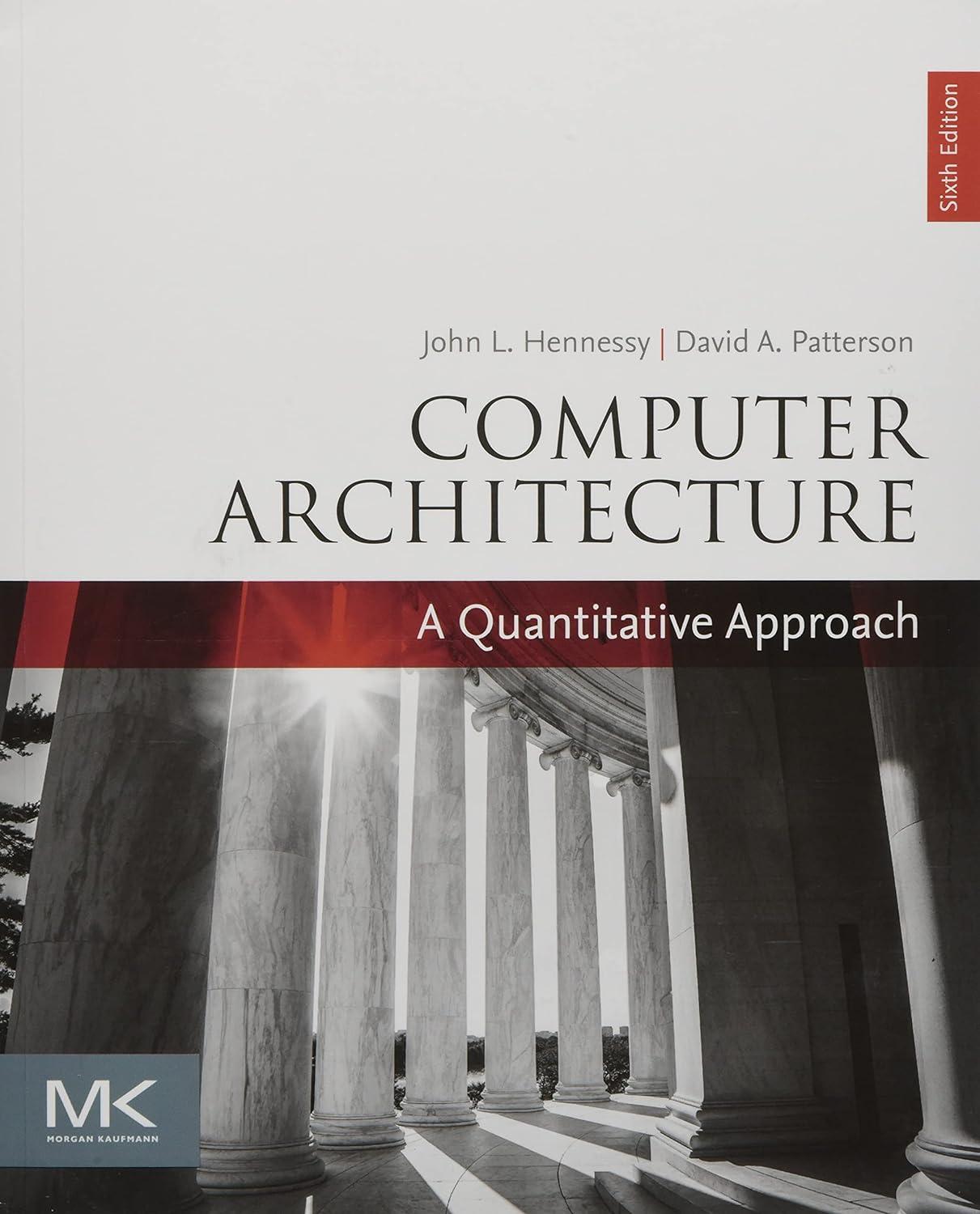It is critical that the scoreboard be able to distinguish RAW and WAR hazards, because a WAR
Question:
It is critical that the scoreboard be able to distinguish RAW and WAR hazards, because a WAR hazard requires stalling the instruction doing the writing until the instruction reading an operand initiates execution, but a RAW hazard requires delaying the reading instruction until the writing instruction finishes—just the opposite. For example, consider the sequence:

The fsub.d depends on the fmul.d (a RAW hazard), thus the fmul.d must be allowed to complete before the fsub.d. If the fmul.d were stalled for the fsub.d due to the inability to distinguish between RAW and WAR hazards, the processor will deadlock. This sequence contains a WAR hazard between the fadd.d and the fsub.d, and the fadd.d cannot be allowed to complete until the fsub.d begins execution. The difficulty lies in distinguishing the RAW hazard between fmul.d and fsub.d, and the WAR hazard between the fsub.d and fadd.d. To see just why the three-instruction scenario is important, trace the handling of each instruction stage by stage through issue, read operands, execute, and write result. Assume that each scoreboard stage other than execute takes 1 clock cycle. Assume that the fmul.d instruction requires 3 clock cycles to execute and that the fsub.d and fadd.d instructions each take 1 cycle to execute. Finally, assume that the processor has two multiply function units and two add function units. Present the trace as follows.
1. Make a table with the column headings Instruction, Issue, Read Operands, Execute, Write Result, and Comment. In the first column, list the instructions in program order (be generous with space between instructions; larger table cells will better hold the results of your analysis). Start the table by writing a 1 in the Issue column of the fmul.d instruction row to show that fmul.d completes the issue stage in clock cycle 1. Now, fill in the stage columns of the table through the cycle at which the scoreboard first stalls an instruction.
2. For a stalled instruction write the words “waiting at clock cycle X,” where X is the number of the current clock cycle, in the appropriate table column to show that the scoreboard is resolving an RAW or WAR hazard by stalling that stage. In the Comment column, state what type of hazard and what dependent instruction is causing the wait.
3. Adding the words “completes with clock cycle Y” to a “waiting” table entry, fill in the rest of the table through the time when all instructions are complete. For an instruction that stalled, add a description in the Comments column telling why the wait ended when it did and how deadlock was avoided (Hint: Think about how WAW hazards are prevented and what this implies about active instruction sequences.). Note the completion order of the three instructions as compared to their program order.
Step by Step Answer:

Computer Architecture A Quantitative Approach
ISBN: 9780128119051
6th Edition
Authors: John L. Hennessy, David A. Patterson





